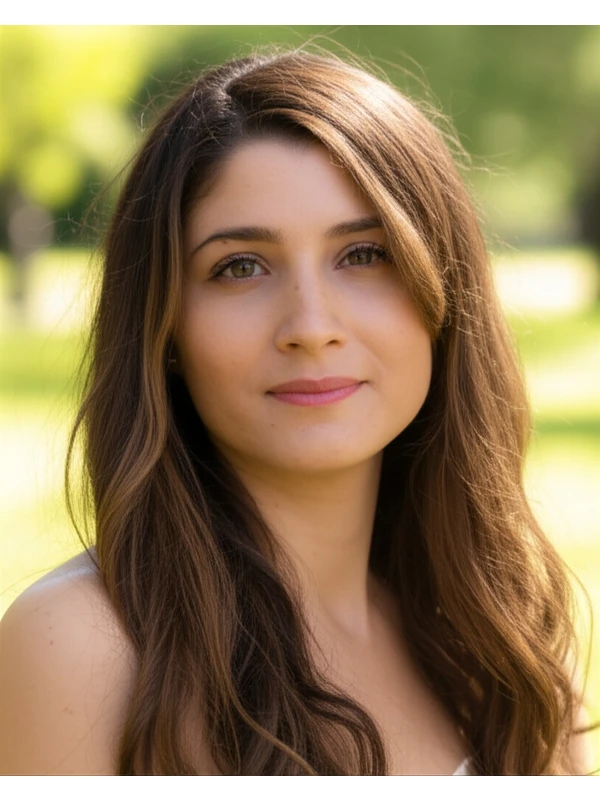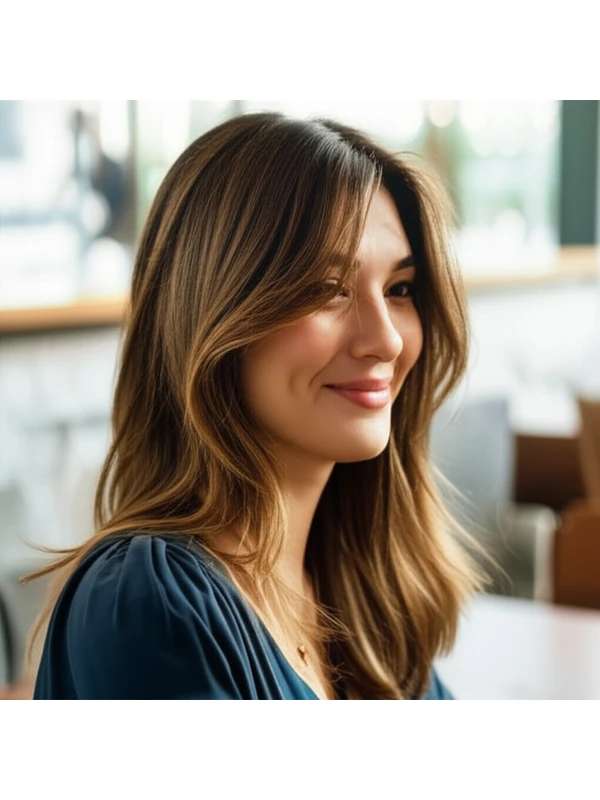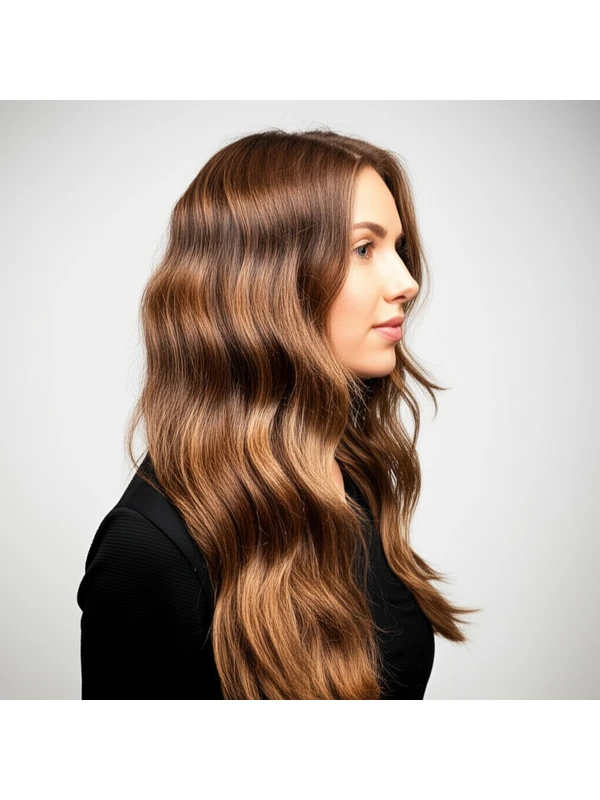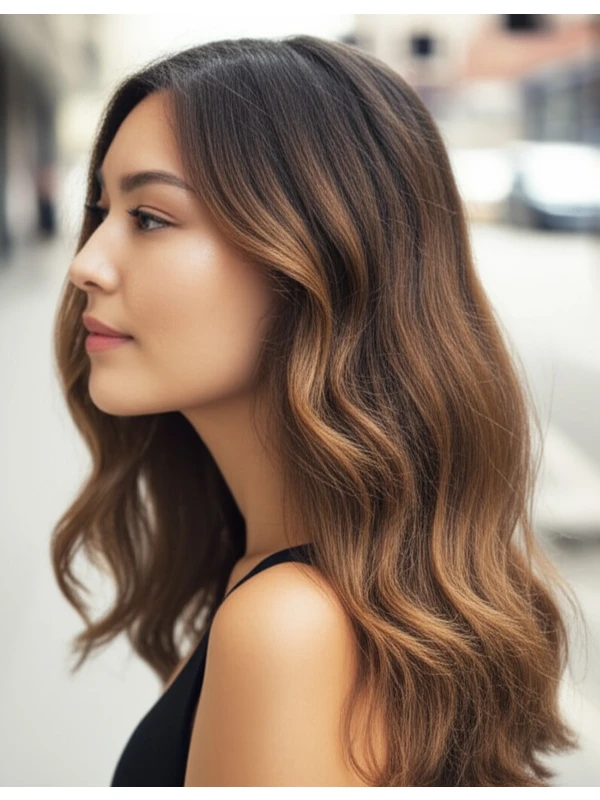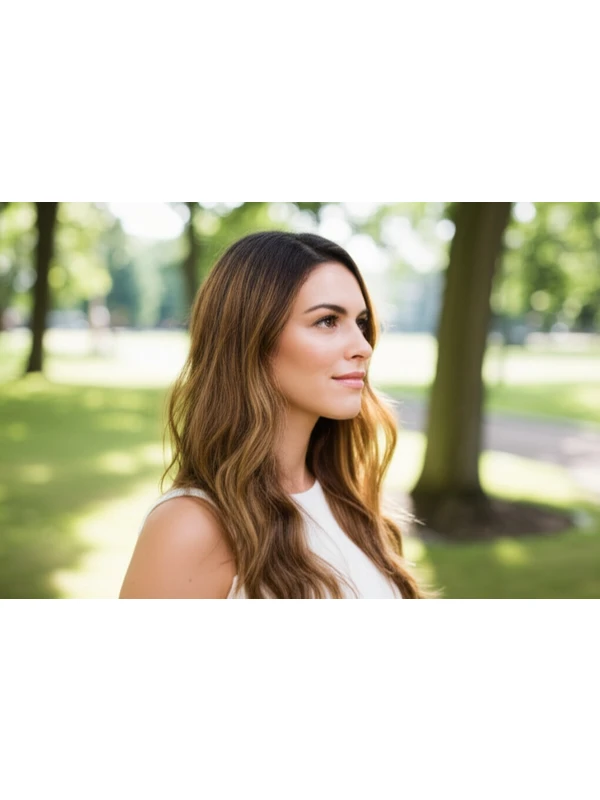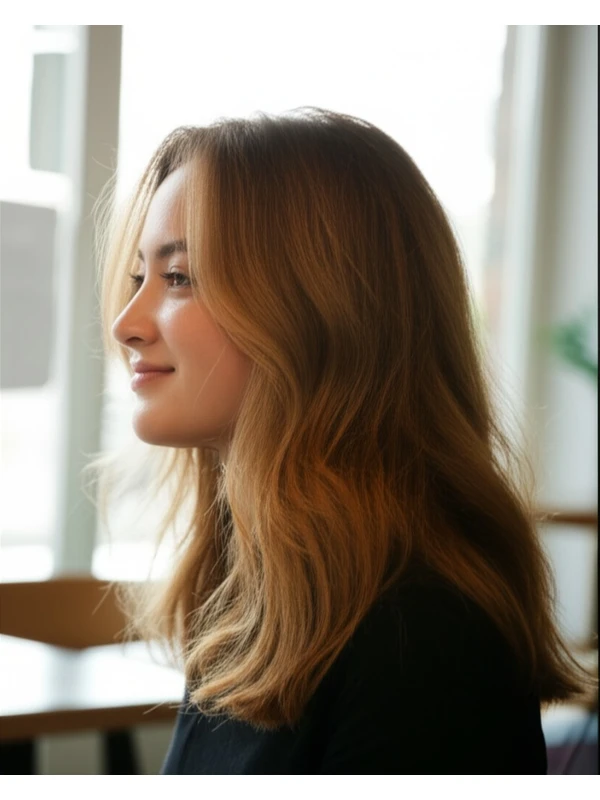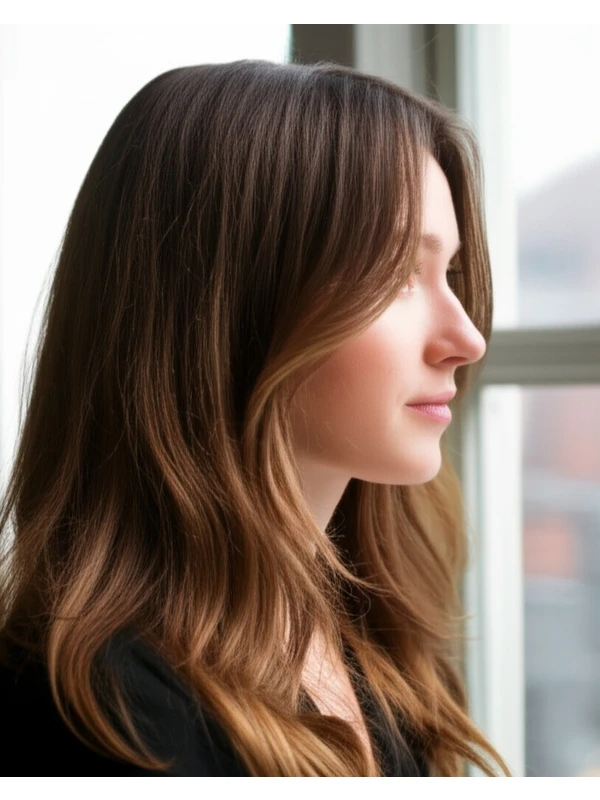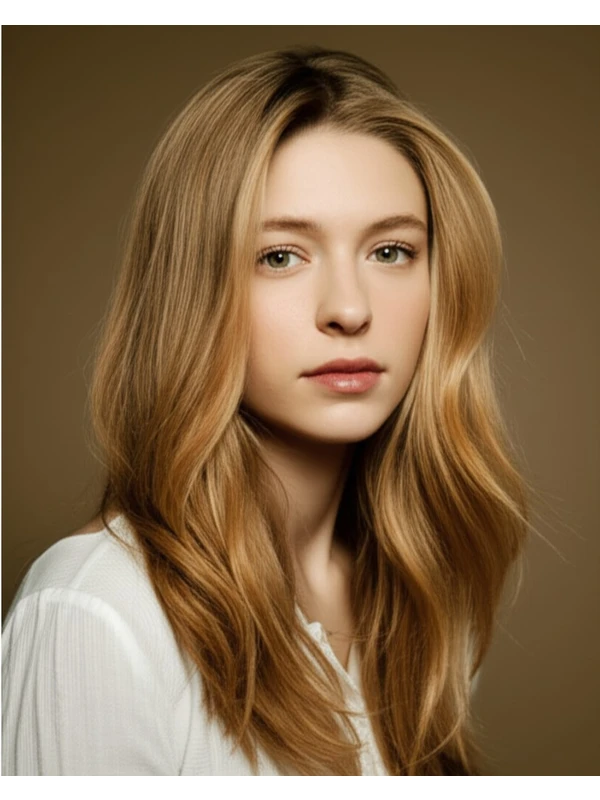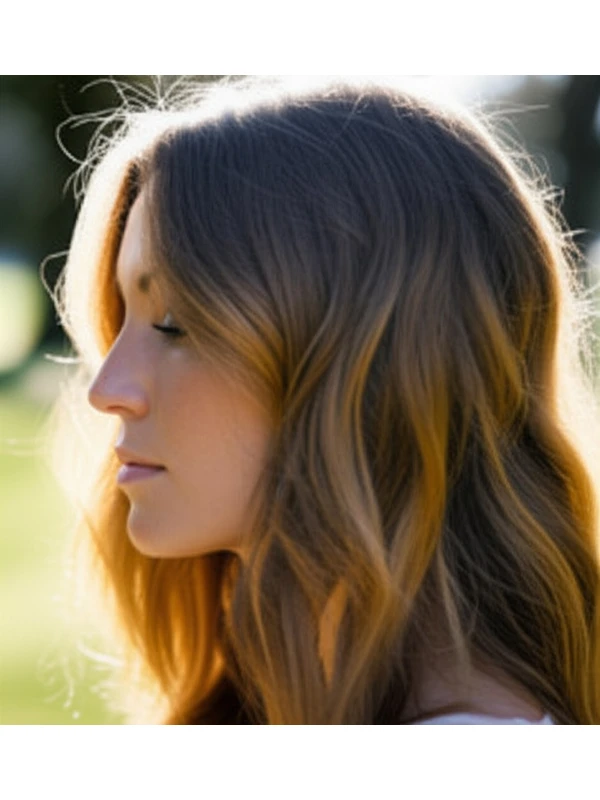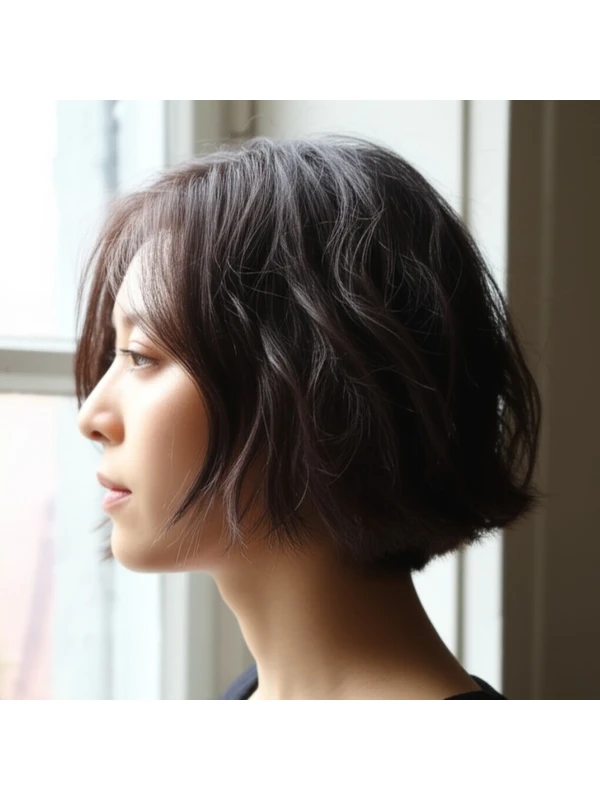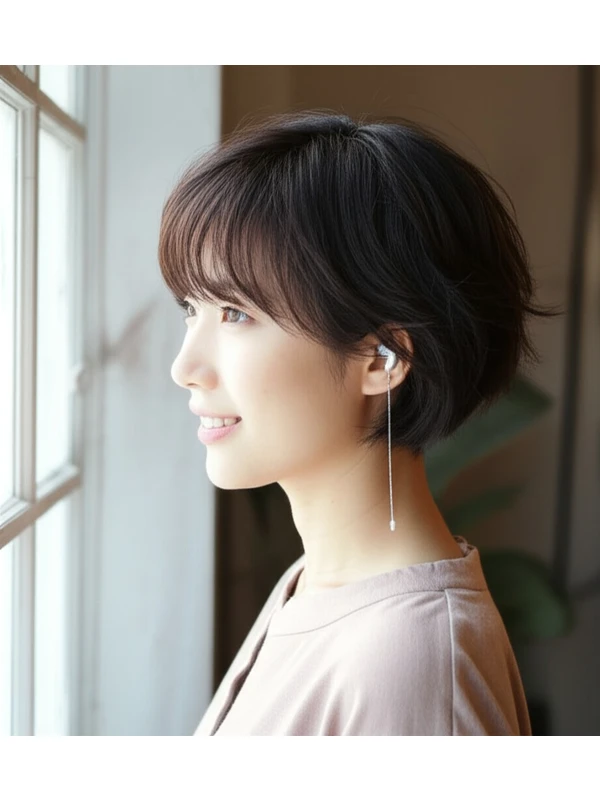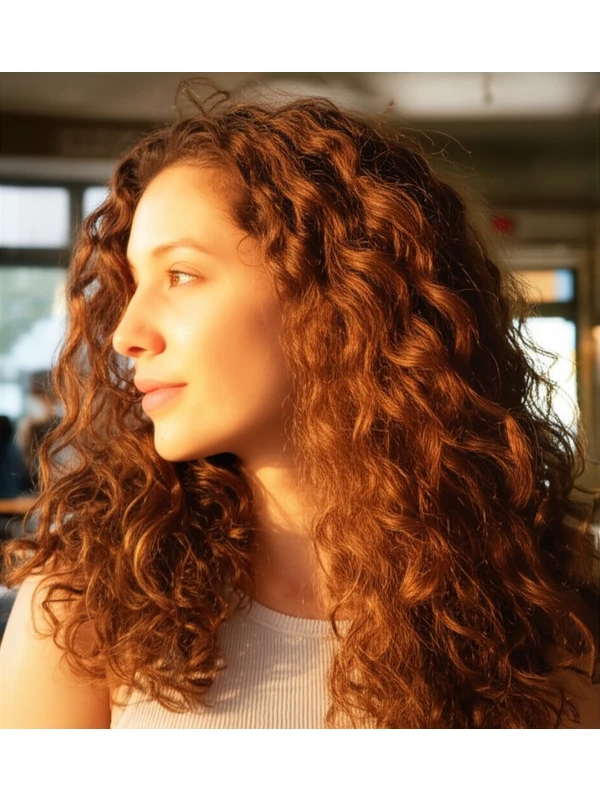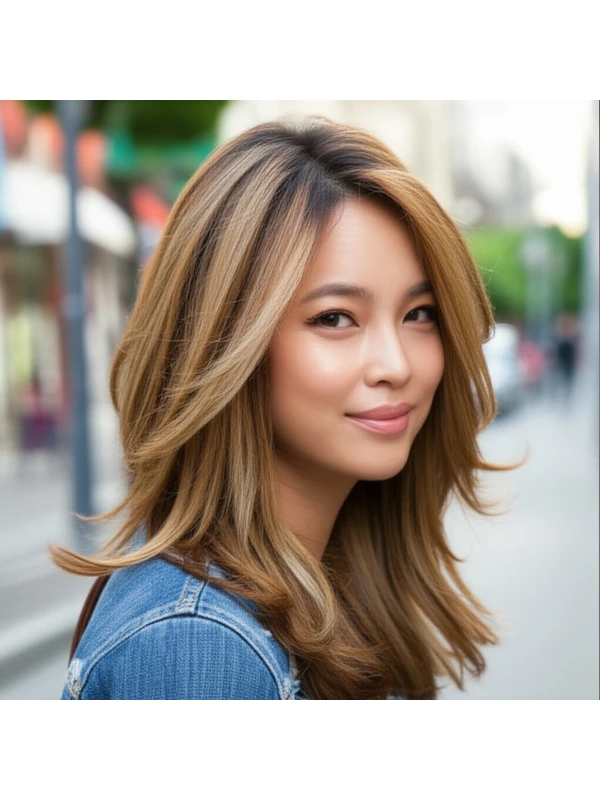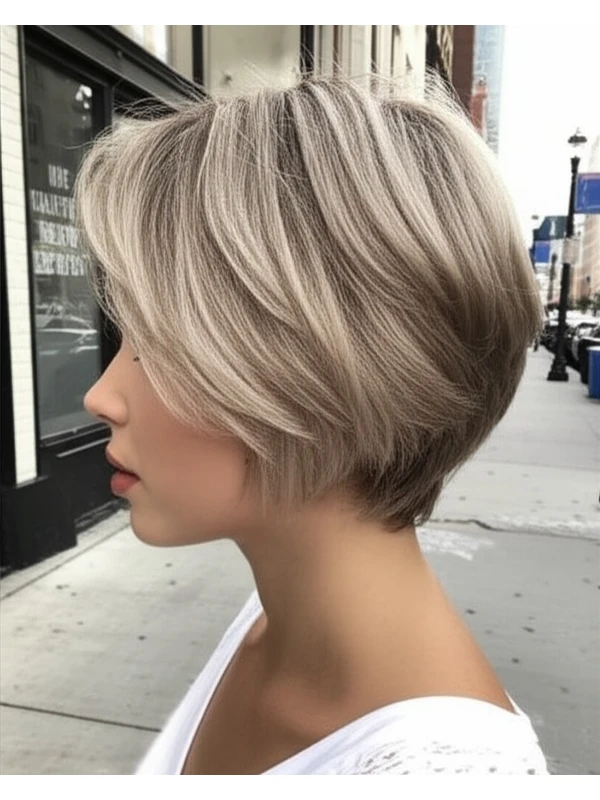#The Timeless Side Part Long Hairstyle: A Complete Guide
The "side part long" hairstyle is a classic for good reason – it’s flattering on many face shapes and can be adapted to suit various personalities and lifestyles. This guide will break down everything you need to know about this versatile look, from finding the right placement to keeping it looking its best.
#1) Background & Definition: What Is It?
The side part long hairstyle is exactly what it sounds like! It’s a longer haircut (typically reaching past the collarbone or shoulders) with a distinct parting that sits off-center – usually about two to four inches from the middle. The hair generally flows freely, creating movement and softness.
Key Features:
- Asymmetrical Parting: This is the defining characteristic.
- Length: Usually past the collarbone; can extend to mid-back or longer.
- Layers (Optional): Layers aren’t essential but can add volume, texture, and shape.
- Softness: The overall feel should be relaxed and flowing, not stiff or overly structured.
Alternative Names:
You might hear it called a "long side-swept" style, a "classic long with a part," or simply “longer hair parted to the side.”
#2) Face Shape Fit: Finding Your Angle
The beauty of this cut is its adaptability. However, strategic placement and fringe options can enhance your features.
- Oval: Lucky you! This shape suits almost any parting position. Experiment with a deeper part for extra drama or a more subtle side sweep. A soft, angled fringe can add interest.
- Round: A deep side part creates asymmetry, visually slimming the face. Avoid center parts as they emphasize roundness. Long, wispy layers that fall below the chin help elongate. Consider a long, sweeping bang to draw attention upwards and away from cheek fullness.
- Square: Soften those angles! A deeper side part helps break up the strong jawline. Layers around the face will also soften features. A longer, blended fringe can be very flattering. Avoid blunt, straight bangs.
- Heart: Volume at the roots and a deep side part balance out a wider forehead. Long layers that frame the chin add fullness to counteract a pointed shape. A subtle, feathered fringe is an option but avoid anything too heavy.
- Diamond: Similar to heart shapes, focus on softening angles with volume around the face and a deeper side part. A long, wispy fringe can help balance out wider cheekbones.
- Oblong (Long): A more centered side part, rather than a deep one, can add width. Layers throughout create fullness and avoid emphasizing length. A shorter, textured fringe or curtain bangs can shorten the face visually.
#3) Body Proportions & Height Guidance: Tailoring to Your Silhouette
The way you carry this style depends on your overall build.
- Petite: Shorter lengths (collarbone to shoulder) prevent overwhelming a smaller frame. Avoid excessive volume at the crown, as it can make you appear shorter.
- Average Height: Most length options work well! Consider where you want to draw attention – longer hair elongates, while mid-length creates balance.
- Tall: Longer lengths (mid-back or beyond) complement a taller stature. Volume at the roots adds visual interest and prevents looking too elongated.
- Narrow Shoulders: Layers around the shoulders add width and create a more balanced silhouette.
- Broad Shoulders: Avoid excessive volume on top, as it can accentuate shoulder width. A slightly deeper side part helps to break up symmetry.
- Short Neck: Mid-length styles (collarbone to just below) are generally most flattering. Avoid long hair that falls too close to the neck. Layers around the face soften the jawline and create an illusion of length.
- Long Neck: Longer lengths work beautifully, as they help fill out the space between your shoulders and collarbone.
#4) Works Best With Hair Types & Densities: Finding Your Match
This style is surprisingly adaptable across hair types! However, some adjustments are needed.
- Straight Hair: The side part showcases sleekness and shine beautifully. Layers add movement and prevent a flat appearance.
- Wavy Hair: Embrace the natural waves! A deep side part enhances wave patterns. Minimal layering will maintain volume and definition.
- Curly/Coily Hair: This style works well, but shrinkage is key to consider (see below). Strategic layering removes bulk and encourages curl formation. Consult with a stylist experienced in working with your specific curl pattern.
- Fine Hair: Layers are essential for creating volume and preventing flatness. Root lifting products can add extra lift.
- Medium Density: This is the "sweet spot" – most styling options work well!
- Thick Hair: Layering is crucial to remove weight and prevent a bulky appearance. Thinning shears may be used for added lightness.
Shrinkage Considerations (Curly/Coily): When planning length, remember that curls and coils will shrink significantly when dry. What looks like shoulder-length in the salon might end up being chin-length once it’s styled at home! Always factor this into your desired length.
#5) Styling Variations: From Casual to Chic
- Sleek vs Textured: Sleek styles use smoothing serums and straighteners for a polished look. Texturized styles embrace natural waves or curls, using texturizing sprays or sea salt mists.
- Middle vs Side Part: While we're focusing on the side part, sometimes shifting it slightly towards the center can add softness.
- Fringe Variations: From wispy and feathered to long and sweeping, a fringe dramatically changes the look. Curtain bangs are particularly popular with this style.
- Occasion Styling: For casual days, air-dry or lightly wave your hair. For office settings, opt for a sleek and polished look. Evening events call for added volume, curls (if desired), and shine.
#6) Maintenance: Keeping It Looking Fresh
- Trim Cadence: Every 6-8 weeks to maintain shape and remove split ends.
- At-Home Routine: Gentle shampooing and conditioning are key. Deep condition weekly for added moisture.
- Heat vs Air Dry: Minimize heat styling whenever possible. When using heat, always apply a protectant spray.
- Product Checklist:
- Shampoo & Conditioner (suited to your hair type)
- Leave-in Conditioner (especially important for dry or curly hair)
- Heat Protectant (if using hot tools)
- Styling Cream/Serum (for smoothing and shine)
- Texturizing Spray/Mousse (for added volume and texture)
- Estimated Daily Styling Time: 15-30 minutes, depending on desired style.
#7) Grow-Out Roadmap: Evolving with Grace
- Months 1-3: The initial shape is most defined. Regular trims maintain the side part's placement and prevent bluntness.
- Months 3-6: Hair grows longer, potentially requiring more layering to manage weight. The side part may become less dramatic as hair length increases. Consider subtle adjustments in styling techniques to keep it fresh.
- Maintaining Shape: Between cuts, use a root lifter at the crown and a smoothing serum on ends for definition.
#8) Color Pairings: Enhancing Your Look
- Cool Undertones (ash blonde, cool brown): Silver or platinum highlights can add dimension and brightness.
- Warm Undertones (golden blonde, warm brown): Caramel balayage or copper tones enhance warmth and create a sun-kissed look.
- Low-Commitment Options: Root smudging for blending grays, gloss treatments to boost shine and tone.
#9) Season & Occasion Guide: Adapting Your Style
- Spring/Summer: Lighter layers, beachy waves, and a more relaxed feel are perfect for warmer months.
- Fall/Winter: Deeper tones, added volume, and sleek styles create warmth and sophistication.
- Work: Sleek and polished with minimal fuss.
- Weddings/Parties: Embrace curls (if desired), add shine, and consider an updo or half-up style for a more formal look.
#10) Cost & Time: Salon Investment
- Salon Time: Typically 1 - 2 hours.
- Price Range: Relatively moderate – expect to pay slightly above the average haircut price due to the length and potential layering involved.
#11) Pros & Cons: Weighing Your Options
Pros:
- Universally flattering on many face shapes.
- Versatile – can be styled in numerous ways.
- Timeless and classic look.
- Can easily transition from day to night.
Cons:
- Requires regular trims to maintain shape.
- Can take longer to style if you desire a more complex look.
#12) Salon Consultation Script: Your Questions Answered
Here are some prompts for your salon consultation:
- "I'm interested in the long side part hairstyle. Can you assess my face shape and recommend the best parting placement?"
- “What kind of layers would work best with my hair texture (straight, wavy, curly) to achieve volume/movement?”
- “How can I style this cut at home with minimal effort?”
- "I'm concerned about shrinkage. Can we factor that into the length decision if I have curly or coily hair?"
- "What products do you recommend for my hair type and to maintain this hairstyle?"
